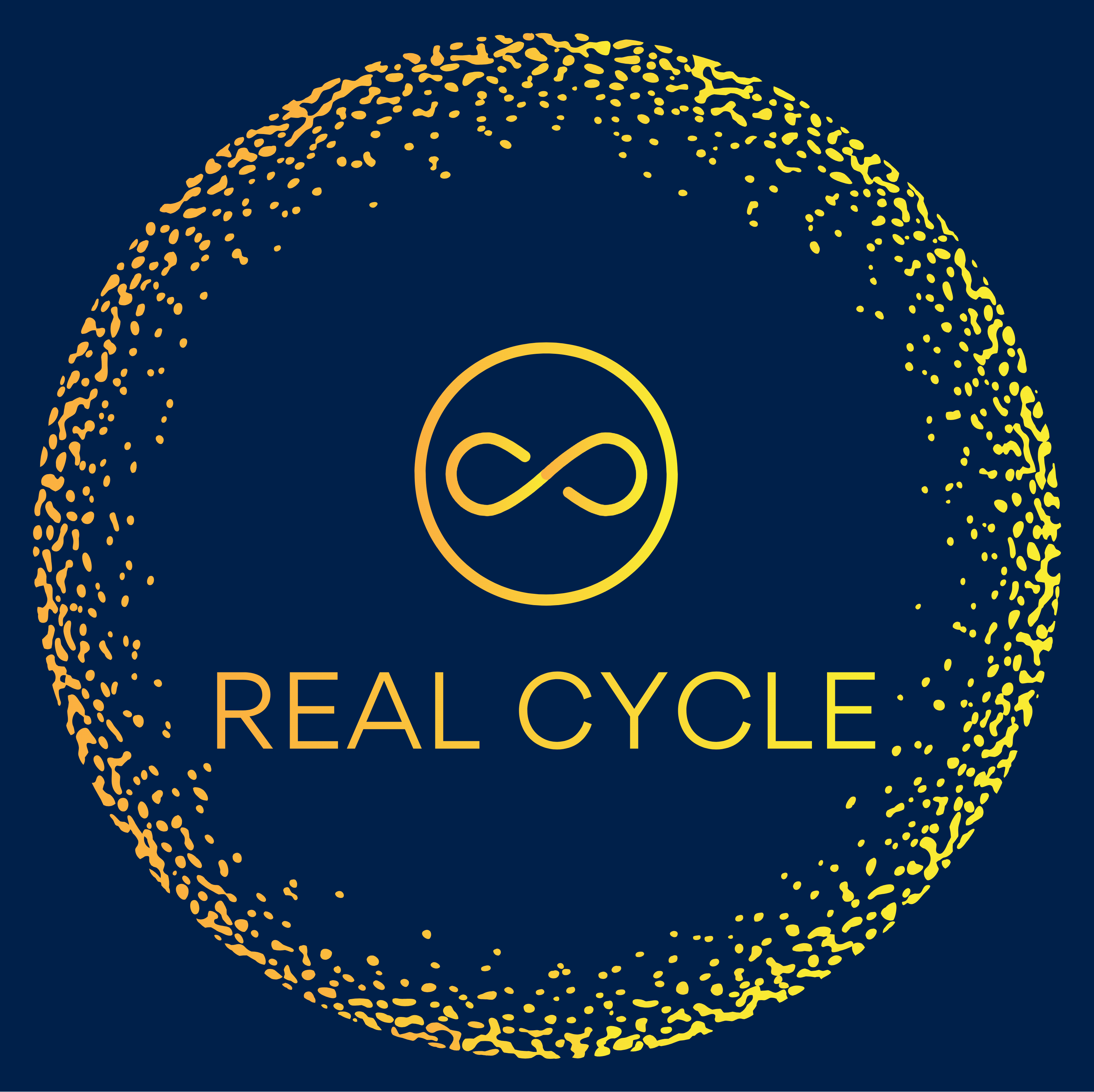We’ve all been told that recycling is one of the simplest ways to help the planet. Toss your plastic bottle in the blue bin, and you’re doing your part. But what actually is recycling? And more importantly—how effective is it?
Let’s take a look at the types of recycling happening today, how they work, and why we urgently need to evolve the system.
What Is Recycling?
At its core, recycling is the process of collecting, sorting, and converting waste materials into new products. The goal is to reduce the need for virgin resources and keep valuable materials out of landfills or the environment.
But not all recycling is created equal.
The Main Types of Recycling in Use Today
- Mechanical Recycling (Traditional Recycling)
This is the most common method. Materials like plastics, metals, and paper are collected, sorted, cleaned, shredded, and then melted or pulped to make new products.- Strengths: Widely used, low-tech, familiar.
- Limitations: Quality degrades over time (especially with plastics), and contamination is a major barrier. Only certain types of plastics are recyclable this way—typically less than 10%.
- Chemical Recycling (Advanced Recycling)
Involves breaking down plastic polymers into their original chemical building blocks using solvents or heat-based processes like pyrolysis or gasification. These can then be used to make new plastics or fuels.- Strengths: Can handle mixed or contaminated plastics that mechanical recycling can’t.
- Limitations: Expensive, energy-intensive, still scaling up.
- Biological Recycling (Organic Waste)
Food scraps and yard waste can be composted or digested by microbes to create compost or biogas.- Strengths: Natural process, returns nutrients to soil.
- Limitations: Requires separation at the source, and only works for organic waste—not plastics or packaging.
- Energy Recovery
Non-recyclable waste is burned to produce heat or electricity.- Strengths: Reduces landfill use and generates energy.
- Limitations: Can be inefficient, still scaling up.
- Upcycling and Reuse
Items are repurposed directly into new products—think turning plastic bags into woven mats or old pallets into furniture.- Strengths: Creative, low-energy.
- Limitations: Niche, not scalable for industrial scale.
Why It’s Not Enough
Despite decades of recycling programs, only a tiny fraction of plastic waste is ever truly recycled—estimates suggest less than 9%, and some sources put it below 5%. The rest? Landfilled or lost to the environment.
Why? Because current systems weren’t designed to handle the volume or complexity of modern waste. Packaging has become more diverse, global supply chains are harder to track, and the economics just don’t add up—especially for plastics, which are often cheaper to make new than recycle.
We need smarter systems. Better technologies. Stronger incentives. And above all, new thinking.
How Real Cycle Helps Move the Needle
That’s where Real Cycle comes in. We believe that recycling should be more than symbolic. We’re promoting real solutions that increase the percentage of plastic and material waste that actually gets recovered and reused—whether through better collection models, emerging technologies, or new funding to scale promising innovations.
We support next-generation recycling efforts that keep materials in the economy instead of letting them leak into nature.
But to do this, we need your help.
Be Part of the Solution
If you believe recycling should actually work—and not just feel good—supporting Real Cycle means taking action to make that future possible. Your donation helps fund the kind of progress that conventional systems can’t deliver on their own.
Let’s move beyond the blue bin. Let’s make real recycling happen: Real Cycle.

Leave a Reply